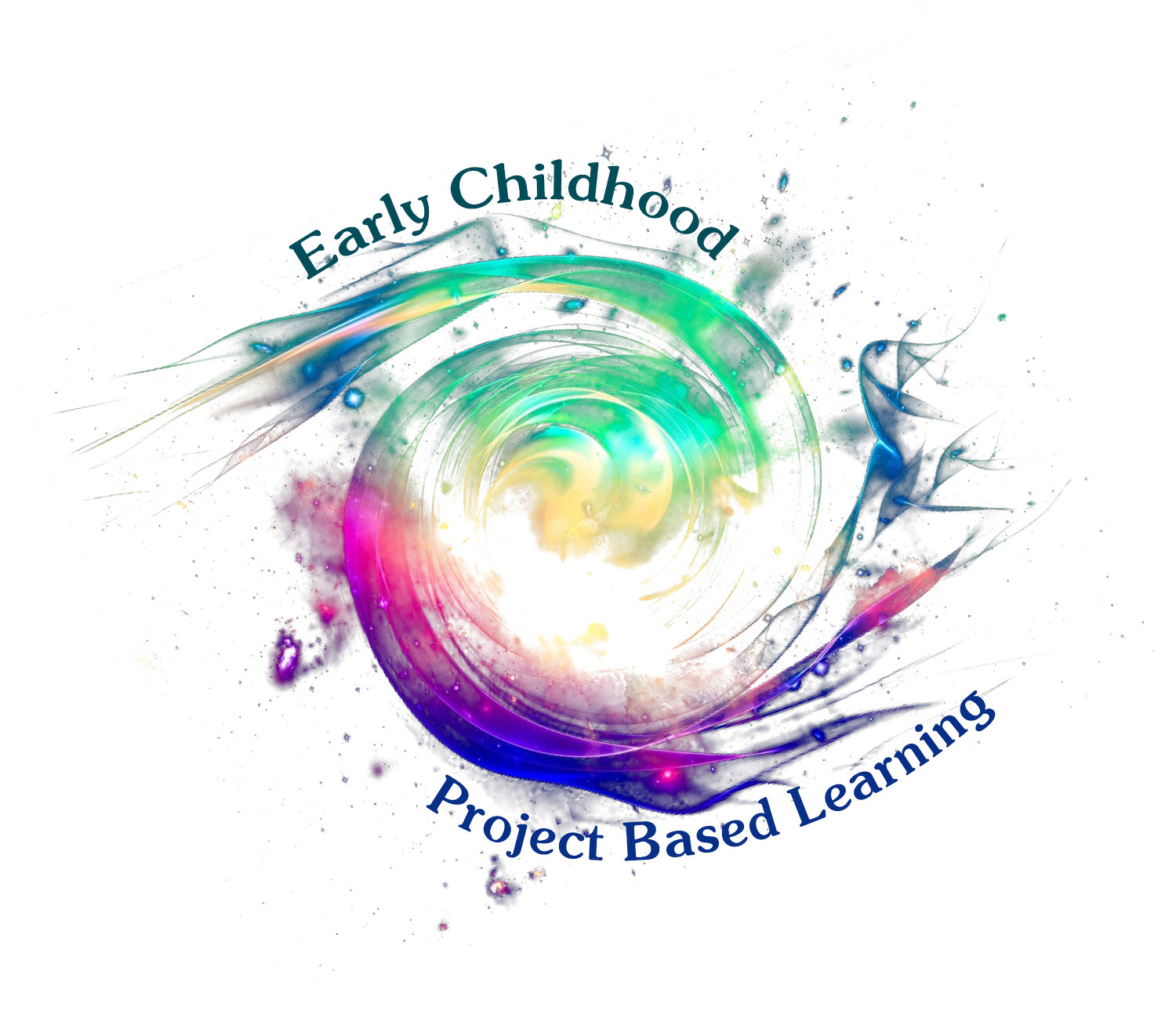Milestone One: Entry Event/Project Launch
A note about variations to this project: Throughout the project we offer suggestions for in-person and distance learning adaptations. In general, if you are facilitating a discussion and need to chart student thinking, we recommend doing this in-person if you are using an in-person or hybrid model. If you are online, try to hold discussions during Zoom meetings (whole group or in small groups) and chart student thinking on Google Slides, a Zoom Whiteboard, or a shared word document.
Before beginning the project, ask families to email/bring in two clear and recent photos of 1) a portrait of their child and 2) a family photo. Compile these photos into two separate digital slideshows to use during the project. If possible, with the photos of individual children, try to put them on a grid so they can be seen all at one time.
It will also be helpful to set up folders or portfolios for each of your students. This way, as children complete the various parts of the pulblic product (self-portrait, family picture, community web etc.) they will be stored in an organized way).
At this Milestone…
You will launch the project by introducing the driving question and generating “Need to Know Questions” - all the questions that children have that will drive the inquiry forward. You will also introduce the public product (which you may decide upon or choose to leave a bit open-ended), depending on your comfort and/or experience with PBL.
Key Question: What can we do to get to know each other and create our classroom community?
Formative Assessment at this Milestone: Individual questions on the need to know list - each child suggests one question.
Day One: Entry Event
In a meeting, remind students that they sent in special photos of themselves. Share the slideshow that includes each individual student on the screen. While students are viewing the slideshow, ask them to think about what they notice/what questions they have about their new classmates. After the slideshow, discuss their observations and record their responses on a Google Slide, Zoom Whiteboard or regular whiteboard if you are in-person.
Explain to students that this is our class and even though we are in different places and in different homes, we are all [insert school name here] students. For example: So we are all one community. Have you heard that word before? We’ll be talking a lot about that word - it can mean a lot of things to different people - but for now, a community is a group of people who have something in common - like they all go to the same school, are all in the same class, or like the same kinds of things. We are a community, but we aren’t [always] all together in the same room, and so we have to find some special way to start to get to know one another. So here is our big question/problem:
What can we do to get to know each other and create our classroom community?
After sharing the driving question, support students in generating a list of “need to know” questions/ideas that will help them answer this driving question and introduce the public product, which we are suggesting could be a non-fiction ebook, a print book (if you are doing in-person instruction) or a class website. You can decide which product you want to complete at the outset, or leave it up to your students if you are open to any choice.
Tell students that in order to help us get to know one another, we will create a _________[book/website]. But how will we do it? Elicit ideas from the students on what needs to be in the book or website so we can get to know each other? What do you want people to know about you? Record these questions as they will help inform your implementation of this project.
You might also consider using Flipgrid for students to record their need to know questions, and then later, collect and type these up for students to see.
Anticipated Student Questions:
How old are they?
Where do they live?
What are their names?
What is a community?
Do they have sisters and brothers?
Do they like school?
What do they like to do?
What language do they speak?
What are their favorite things to do?
Do they have pets?
What does their house look like? What does their room look like?
What are their favorite places to go?
Introduce the Public Product
Tell students that one way that people learn about communities is through books or websites. Depending on what you choose as your public product, you might show children a few examples of community websites or books that help people learn about one another. If children have additional questions after seeing these items, they can add them to the Need to Know List.
